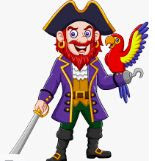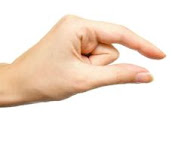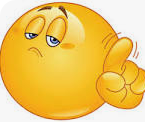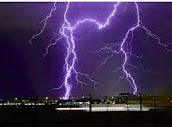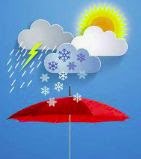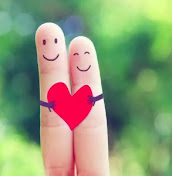[purchase Hot August Night]
I’m willing to bet that the first time you saw The Last Waltz, there was a moment when you shook your head, surprised at what you were seeing on the screen. After seeing The Band play, then a guest spot from the rough and tumble rocker Ronnie Hawkins, who basically gave the guys their schooling in the music business, a brief excerpt from The Canterbury Tales (OK, that was kind of a head scratcher), and then performances from Dr. John, Neil Young, and the Staple Singers, out to the stage, in all of his blow-dried, tinted aviator glasses glory, strode none other than Neil Diamond.
WTF?
In 1976, when the concert was filmed, Diamond was not really considered part of the rock world at all—his music was too theatrical and bombastic, it would have seemed, to have shared the stage with the rest of the performers that night—the royalty of what is now called Americana music—folk, blues, and rock. And yet, there he is, strumming and belting away.
Apparently, his inclusion in the show was the result of the fact that he and Robbie Robertson were friends and neighbors. Robertson produced the album from whence came “Dry Your Eyes,” the song that Diamond performed (and which Robertson co-wrote).
Not surprisingly, the decision to include Diamond was as strange to the other Band members as it was to us watching, especially, of course, Levon Helm, who wrote in his autobiography, "When I heard that Neil Diamond was going to play I asked, 'What the hell does Neil Diamond have to do with us?' Robbie called me up and said, 'Well, Neil is like Tin Pan Alley. That Fifties Brill Building scene, songwriters like Doc Pomus.'" Levon wasn't convinced. "Why don't we just get Doc Pomus?'"
The funny thing, though, is that Diamond’s performance was not bad at all.
Here’s the other thing about Neil Diamond—the guy is a hell of a songwriter and performer, whose career really did straddle the music business from the Brill Building era, through the early rock era, into the folk-rock sound before he veered completely off into the easy listening, glossy pop world of people like his former high school chorus mate, Barbra Streisand (apparently, though, they didn’t know each other all that well).
Diamond was inspired to write music by a combination of seeing Pete Seeger perform at his summer camp (!), when Diamond was 16, and the fact that girls seemed attracted to guys who could play guitar and write love songs. He also attended NYU on a fencing scholarship (!) He wrote “I’m A Believer” (among other songs) for The Monkees, He wrote songs that were recorded by Cliff Richard, Jay and the Americans, Elvis Presley and others before he really got his performing career going.
In his early performing years, he had hits with “Solitary Man,” “Cherry, Cherry,” “Sweet Caroline,” and “Holly Holy,” and “Cracklin’ Rosie,” among others.
In 1971, Diamond released his album, Stones, which I am basically only mentioning because it fits the theme, although it was successful, and spawned singles “I Am….I Said” and “Crunchy Granola Suite.” And as far as I am concerned, that was pretty much the end for me, other than “Song Sung Blue” from his next album.
The real turning point for Diamond, though was the release, in 1972, of his double live album, Hot August Night, which, as Allmusic aptly states:
Captur[ed] all the kitsch and glitz of Neil Diamond, the showman. And that also means that it's not just loaded with flair, but with filler [and] attempts to write grand, sweeping epics that collapse under their own weight. Still, that's part of the charm of Diamond and while it can sound unbearable on studio albums, it makes some sense here, surrounded by his pomp and circumstance. That spectacle is the great thing about the record, since it inflates not just his great songs, it gives the weaker moments character.
I actually remember listening to that album, often, in those days, because it was captivating. Looking back now, I think that much of the appeal was the strength of (some of) the songwriting, but also by Diamond’s utter confidence and power as a performer.
There’s a story about Diamond’s performance at the Last Waltz concert that has been denied by him, but is still pretty good, and certainly reflects Diamond’s belief in his performing prowess. Supposedly, after his one song, Diamond came off stage and said to Bob Dylan, "Follow that," to which Dylan responded, "What do I have to do, go on stage and fall asleep?"
Thursday, May 24, 2018
Gems & Stones: Neil Diamond
Posted by Jordan Becker at 9:21 AM View Comments
Labels: Barbra Streisand, Cliff Richard, Elvis Presley, Gems & Stones, Levon Helm, Neil Diamond, Robbie Robertson, The Band, The Monkees
Subscribe to:
Posts (Atom)





